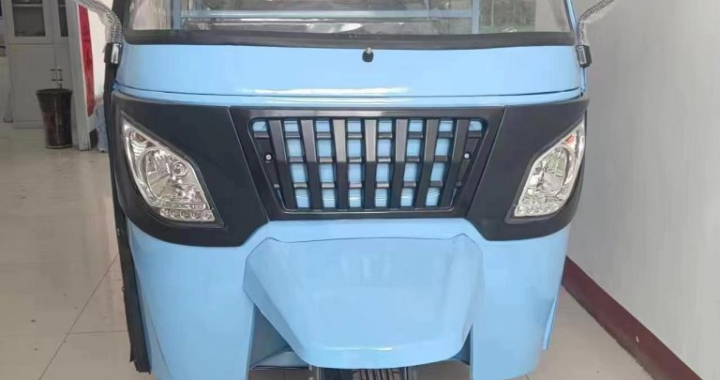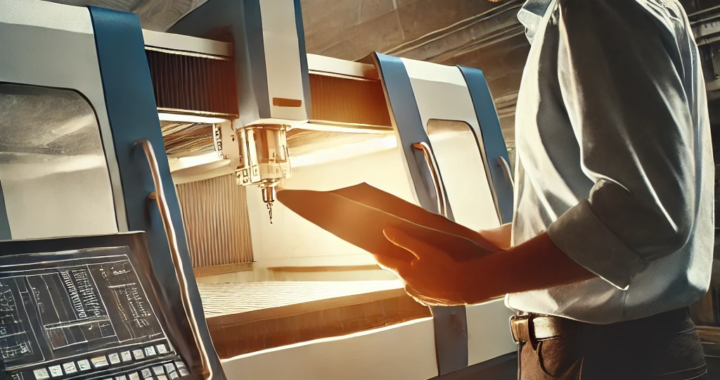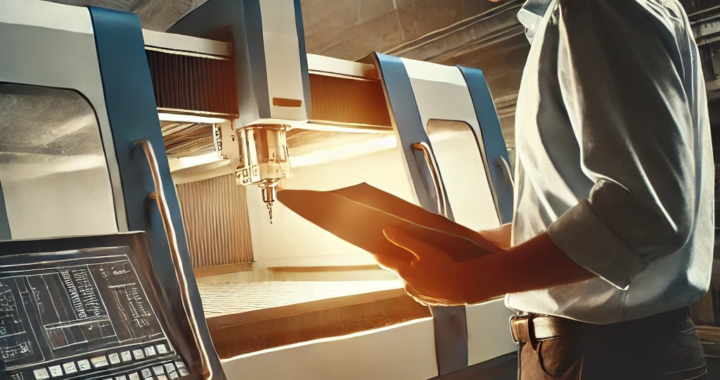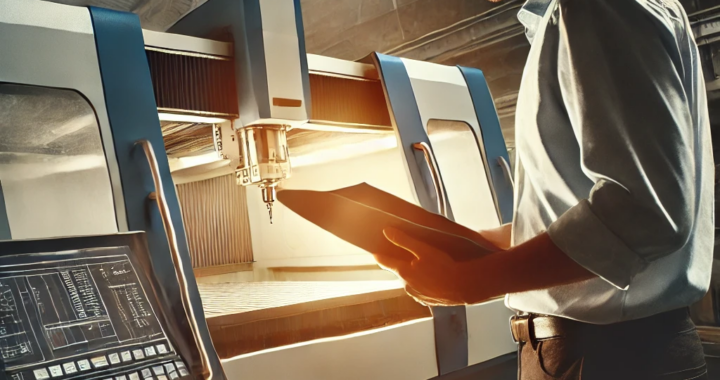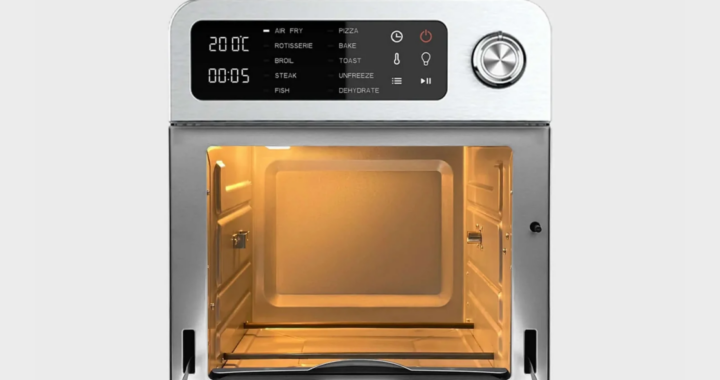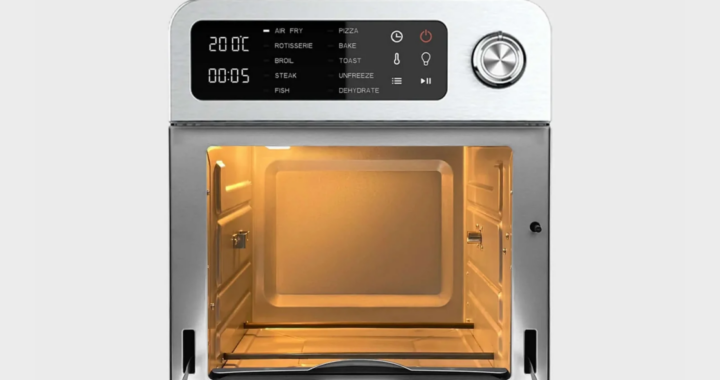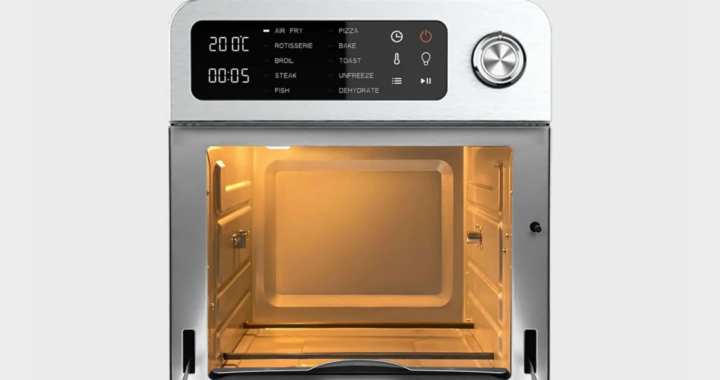A is a highly efficient and precise tool used in various industries to cut and shape materials like wood, metal, and plastic. It plays a crucial role in manufacturing, making it an indispensable asset in modern production lines. However, like any machine, a CNC cutting machine can encounter failures that disrupt workflows and cause costly downtimes. Understanding these common issues and their solutions is essential for maintaining your machine’s performance and extending its lifespan.
Common Failures in CNC Cutting Machines and Their Solutions
1. Machine Not Starting
One of the most frustrating issues is when the CNC cutting machine refuses to start. This problem can stem from several causes:
Power Supply Issues: Check the power connection and ensure that the voltage is stable. A power surge or faulty wiring could prevent the machine from starting.
Control System Errors: The software controlling the machine may have bugs or require updates.
Solution:
Verify the power source and connections.
Restart the control software or reinstall it if necessary.
Consult the machine’s manual for troubleshooting specific startup errors.
2. Inaccurate Cutting
A CNC cutting machine is prized for its precision, so inaccuracies can lead to significant production losses. Common causes include:
Misaligned tools or workpieces.
Dull or damaged cutting tools.
Incorrect calibration of the machine’s axis.
Solution:
Regularly inspect and realign the cutting tools and workpieces.
Replace worn-out tools promptly.
Perform periodic machine calibrations to ensure precision.
3. Overheating of the Machine
CNC cutting machines generate heat during prolonged operations, which can lead to overheating and damage. This is often caused by:
Inadequate cooling systems.
Blocked vents or fans.
Excessive workload on the machine.
Solution:
Ensure the cooling system is functioning properly and clean any blocked vents.
Avoid overloading the machine by sticking to its recommended operational limits.
Schedule breaks during extended use to prevent overheating.
4. Vibration or Noise During Operation
Unusual vibrations or loud noises during operation can be alarming and may indicate mechanical issues, such as:
Loose or worn-out components.
Imbalanced or improperly installed tools.
Solution:
Inspect the machine for loose bolts, screws, or parts, and tighten or replace them as needed.
Check the tools for balance and ensure proper installation.
5. Software or Programming Errors
Sometimes, the machine fails to execute commands due to errors in the CNC programming or software glitches. Causes include:
Incorrect G-code commands.
Outdated software or incompatible updates.
Solution:
Double-check the G-code for syntax errors or incorrect commands.
Keep the software updated with compatible versions provided by the .
6. Spindle Failure
The spindle is a vital component of any CNC cutting machine, and its failure can halt operations entirely. Common reasons for spindle failure are:
Bearing wear and tear.
Electrical issues in the motor.
Excessive loading on the spindle.
Solution:
Perform regular maintenance on the spindle and bearings.
Avoid overloading the spindle by adhering to the machine’s recommended cutting parameters.
If the spindle motor is damaged, consult the manufacturer for repairs or replacement.
Preventive Maintenance for CNC Cutting Machines
Preventive maintenance is the key to minimizing failures and prolonging the life of your CNC cutting machine. Here are some essential maintenance tips:
1. Routine Inspections: Regularly inspect the machine for signs of wear, damage, or misalignment. Address minor issues before they escalate.
2. Lubrication: Ensure that all moving parts are properly lubricated to reduce friction and prevent premature wear.
3. Cleaning: Keep the machine clean by removing dust, debris, and leftover material from the cutting process.
4. Calibration: Perform periodic calibrations to maintain the accuracy and precision of the machine.
5. Tool Maintenance: Check and replace cutting tools as needed to ensure clean and precise cuts.
By following these preventive measures, you can reduce the likelihood of failures and ensure consistent performance.
Why Choose the Best CNC Cutting Machine?
Investing in the is a proactive way to minimize failures and optimize productivity. High-quality machines are designed with advanced features, robust components, and better reliability, making them less prone to breakdowns.
When selecting a CNC cutting machine, look for:
l A durable and stable frame.
l Advanced control systems with user-friendly interfaces.
l Built-in safety features to prevent overheating and mechanical damage.
l Positive reviews and recommendations from other users in your industry.
A best CNC cutting machine will save you time and money by reducing downtime and maintenance needs while delivering superior performance.
Conclusion
A CNC cutting machine is a powerful tool that can greatly enhance productivity and precision in manufacturing. However, like any complex equipment, it is susceptible to failures if not properly maintained. By understanding common issues such as startup problems, inaccurate cutting, and overheating, and applying the appropriate solutions, you can keep your machine running smoothly.
Investing in the best CNC cutting machine and collaborating with a trusted CNC cutting machine manufacturer are essential steps in minimizing downtime and maximizing efficiency. With proper maintenance and the right support, your CNC cutting machine will remain a reliable asset in your production line for years to come.
Stay proactive, and your CNC cutting machine will reward you with consistent, high-quality performance!
